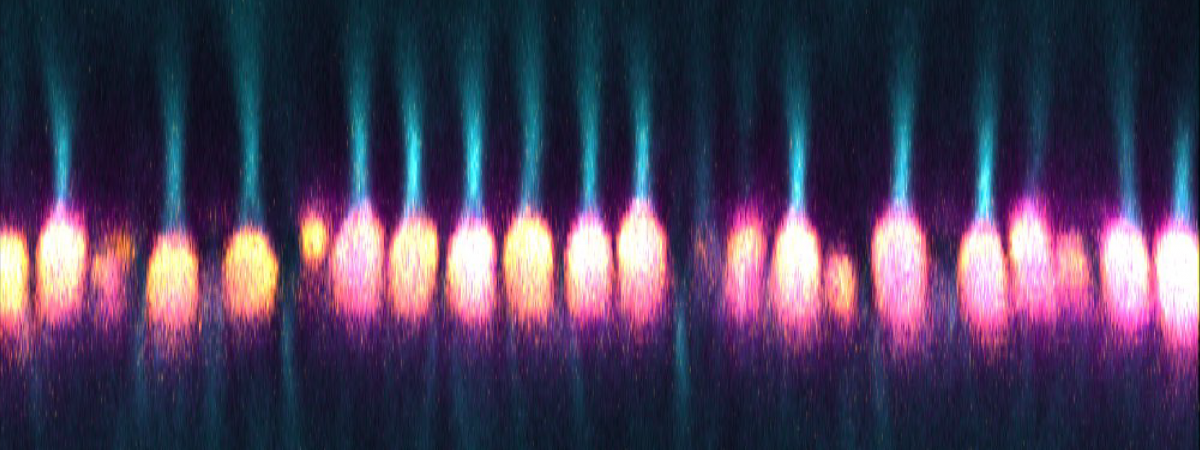Nature is effusive about psychedelics, with 13 same-day outlooks including two, “How MDMA resensitizes the brain” and “Your brain on psychedelics”.
The first, an interview article, discusses “MDMA’s ability to reopen the critical period [a window of time when environmental stimuli can induce lasting changes to the brain] for social learning after it should have closed permanently.”
It also expresses how “MDMA has prosocial properties—users say the drug makes them feel as if their heart has opened up”. “We found that in adult mice that were treated with MDMA, the social reward learning returned. This is evidence that MDMA has reopened the critical period”.
The second outlook, explores how psychedelics might work in the brain, submitting that, “The thalamus is a brain area that processes and filters sensory information en route to the cortex. This filtering, or gating, is regulated by the cortex through axons that express the 5-HT2A receptor. Psychedelics seem to interfere with the thalamus’s filtering operation, resulting in more sensory signals reaching the cortex. This is proposed to be central to the psychological effects of psychedelics. “Using fMRI, we looked at functional and effective connectivity to test what happens in the brain, and the thalamic gating model aligned very well with what we saw.”
The line “psychedelics seem to interfere with the thalamus’s filtering operation, resulting in more sensory signals reaching the cortex”, does not explain, how thought and the memory works within that frame.
It is similar to “MDMA makes the heart to open up”, when, it is really thought unbinding from certain locations that expresses lightness, from what was experienced as heaviness.
There are studies on how some got better from PTSD, with psychedelics, but their experience was based on thought and memory, not for axons, serotonin or 5-HT2A receptor.
People who got treatment for PTSD still know about the thought, but it loses the property that makes it traumatic. The problem with seeking out psychopharmacological mechanisms by looking at cells and molecules only, is that what they construct, constant in all experiences are missed.
No one experiences serotonin.
Most approaches are focused on pathways, but thought and memory are the basis of what the brain expresses for all body and mind interactions.
How does thought emerge in the brain? What is the functional architecture of the memory? These questions are not for labels, developed for subjective experiences, ignoring that they are not constant for everyone all the time.
Where do thoughts go that makes them bear trauma, anxiety, worries, fear, depression, mood disorder, appetite, satiation, love, anger, hate and so on? Why does it happen for the same situation sometimes, and not, at other times?
How exactly do psychedelics work thoughts, readjusting their properties?
The thalamus, theoretically has ports, with different parts representing how senses come in. Psychedelics may declutter some, but where they probably have the most impact is memory locations, where they may remove a large store from the principal spot, or change a prioritized small store, with negative properties to pre-prioritized, or remove sides or bounces that some large stores provide.
Thoughts emerge as the uniform unit, or identity of sensory processing or integration in the thalamus and olfactory bulb. It is thought that is relayed to the cerebral cortex for interpretation, which is knowing, feeling and reaction.
Knowing is memory, where thoughts are stored and where they acquire the properties that determine experiences, across states of consciousness.
The brain is a thought organ, and memory gives thoughts its properties. This can be displayed in VR, exceeding what psychedelics still don’t tell.




